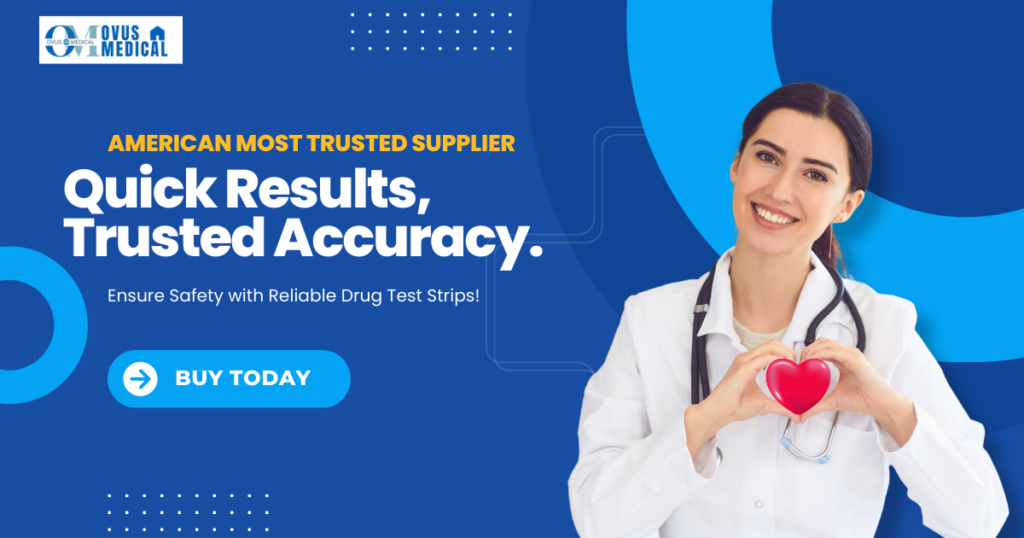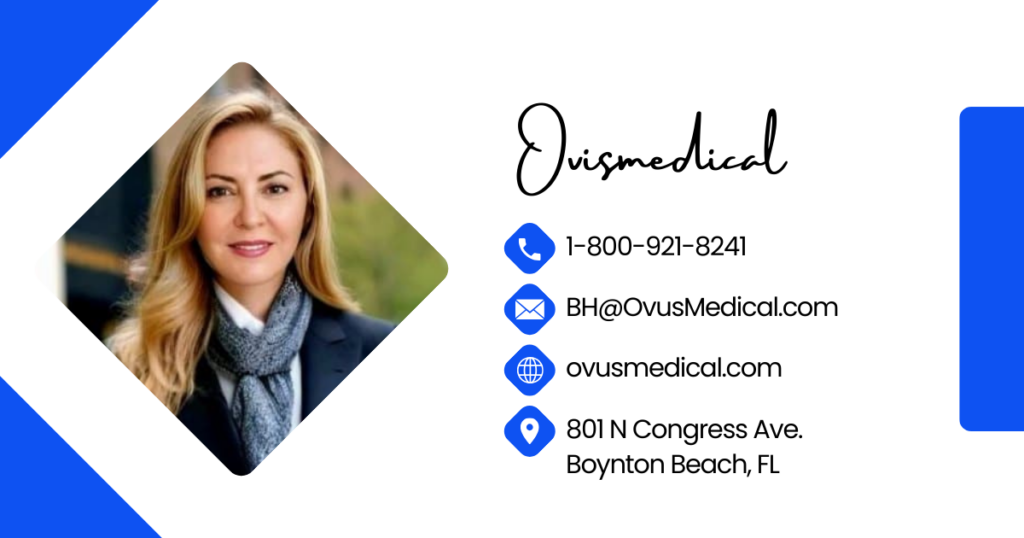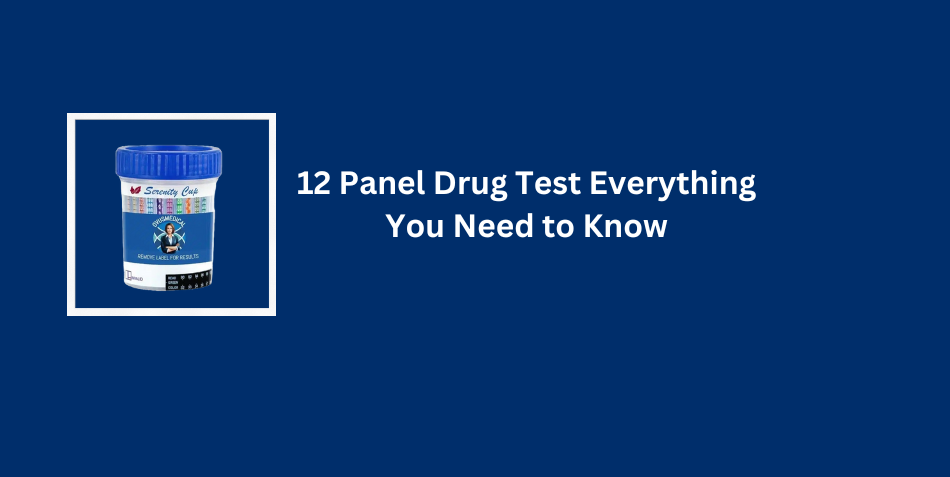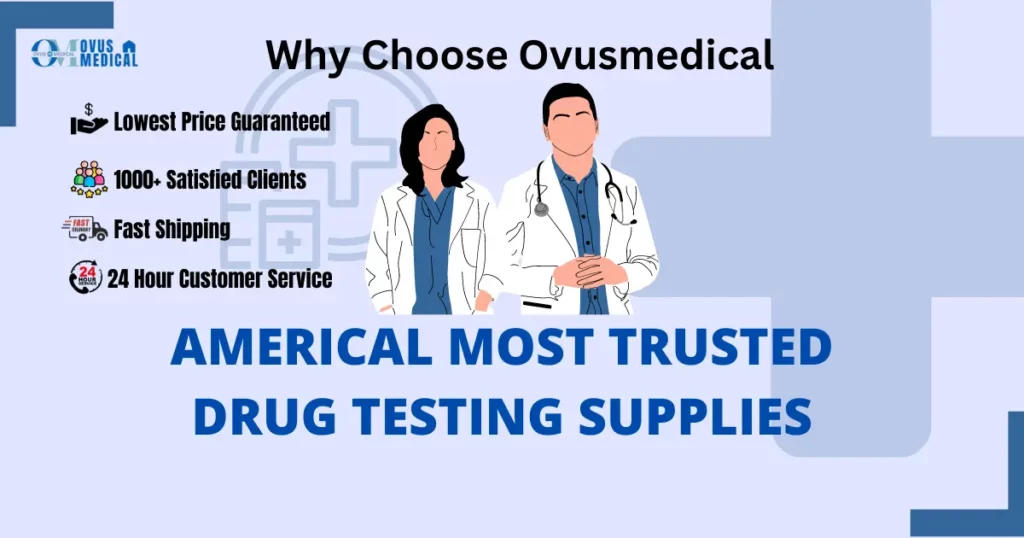What is 12 Panel Drug Test.?
Drug testing has become a crucial tool in today’s fast-paced world for keeping health, safety, and productivity in a variety of contexts, including schools, businesses, and healthcare facilities. The 12-panel drug test is one of the most detailed types of drug tests available, covering a broad variety of drugs.
Everything you need to know about the 12-panel drug screen will be covered in this tutorial, including what it is, how it operates, why it’s vital, and what drugs it uniquely detects. We’ll also discuss the benefits of employing this kind of drug test.
What is a 12-panel Drug Test?
A drug test is a specific screening that uses samples like urine, blood, saliva, hair, or sweat to determine if drugs or their precursors are present in the body. Drug tests come in a variety of formats, but they are all aimed at identifying certain kinds of drugs.
As its name implies, the 12-panel drug screen test is meant to identify distinct drug classes. Compared to less complex tests like the 5-panel, which checks for just the five most common drug categories, this version is more extensive.
The increase to 12 panels provides a wider scope of detection, including drugs of abuse and stated drugs that are often abused. This test is particularly imperative in settings where someone’s medication utilization run is important.
For Whom is a 12-Panel Drug Test Typically Required?
The 12-panel drug test is a tool used by various organizations to ensure the safety, convenience, and well-being of individuals and groups. It is not just a random requirement but serves specific purposes across different sectors.

Here’s a closer look at who might be asked to take this comprehensive test or require it:
Companies
Many companies implement drug-free workplace policies to enhance employee safety, increase productivity, and reduce absenteeism or incidents related to substance use.
Sports Organizations
collegiate and professional sports organizations use drug testing to ensure fair play and adherence to rules.
Medical Offices
Healthcare providers may require a drug test to assess a patient’s current medication use before making adjustments to their treatment or prescribing new medications.
Legal Systems
Drug tests may be administered to individuals involved in legal cases, particularly those related to custody disputes or DUI offenses, to evaluate their adherence to legal standards and level of responsibility.
Rehabilitation Centers
Clients in drug treatment programs or those living in sober living houses may undergo regular testing as part of their recovery process.
Samples used for the test can include hair, saliva, or urine, with urine being the most commonly used. Instant testing kits simplify the process, providing accurate results within minutes.
Substances Detected by the 12-Panel Drug Test
The 12-panel drug test detects a wide range of substances, typically categorized into three groups: illicit drugs, prescription medications, and frequently abused substances. Here’s an overview of what it generally detects:
- Cannabis (THC): Derived from cannabis plants, this is one of the most commonly used recreational drugs.
- Cocaine: A powerful stimulant that can cause serious health issues.
- Opiates: This category includes painkillers like codeine, morphine, and heroin, which can be abused and addictive.
- Amphetamines: Often abused for their stimulating effects but also used to treat ADHD.
- Methamphetamines: Known for their severe health risks and high potential for addiction.
- Benzodiazepines: A class of medications frequently prescribed for anxiety, which can be misused and addictive.
- Barbiturates: Less commonly used today but still have a potential for abuse.
- Phencyclidine (PCP): Often referred to as “angel dust,” this dissociative drug can cause severe hallucinations and abnormal behavior.
- Methadone: Used to treat heroin addiction, but it can also be misused.
- Ecstasy (MDMA): A popular party drug known for its stimulant and hallucinogenic effects.
- Propoxyphene: A painkiller that is now banned in many states but may still appear in some drug test panels.
- Oxycodone: A prescription opioid known for its potential for abuse, found in medications like OxyContin.
Detecting these substances is crucial as they can have significant adverse effects on both physical and mental health, especially in critical settings like employment or legal matters.
How Does a 12-Panel Drug Test Work?
The process for a 12-panel drug test generally involves the following steps:
- Sample Collection: Urine is the most frequently used sample, though saliva or hair can also be used. The person provides a sample in a sterile container. Some tests are supervised to prevent tampering.
- Testing the Sample: The sample is either sent to a laboratory or tested on-site using rapid testing kits. While lab results may take several days, instant kits provide results in minutes.
- Result Interpretation: Results are categorized as negative, positive, or inconclusive. A positive result indicates the presence of one or more of the tested substances. Confirmatory tests, such as gas chromatography-mass spectrometry, may be conducted in the lab to verify positive results and eliminate false positives.
Why Use a 12-Panel Drug Test?
12-panel drug tests are used in various situations for several reasons:
- Comprehensive Detection: This test covers a broad range of drugs, providing a complete overview of a person’s drug use.
- Enhanced Workplace Safety: Routine drug testing helps prevent accidents and incidents, increasing overall workplace safety.
- Legal Compliance: Many industries are required by law to conduct drug testing, especially those involving safety-sensitive roles.
- Deterrent Effect: Knowing that drug testing is in place can deter individuals from using substances.
- Accessibility: These tests are widely available and come in various forms, making them easy for organizations to implement.
Benefits of 12-Panel Drug Testing for Employers
Employers can benefit significantly from using 12-panel drug tests beyond just maintaining a drug-free workplace:
- Enhanced Productivity: Employees who are not under the influence of drugs are generally more reliable and productive. They tend to make fewer mistakes, work more efficiently, and contribute positively to workplace culture.
- Reduced Absenteeism: Drug testing can help identify substance abuse issues early, reducing absenteeism and the resulting productivity losses. Support programs or rehabilitation services can assist employees in achieving full attendance.
- Lower Insurance Costs: Maintaining a drug-free workplace can lower insurance premiums by reducing the risk of accidents and related claims. Employers who demonstrate a commitment to safety may see reduced coverage costs.
- Increased Staff Morale: A workplace that prioritizes safety and health fosters a positive environment where employees feel valued and secure, which can improve morale and job satisfaction.
The Role of 12-Panel Drug Tests in Healthcare
In healthcare settings, a 12-panel drug test plays a critical role:
- Pre-Admission Screening: Drug testing is often one of the first steps in the admission process for rehabilitation programs, providing a baseline of a patient’s drug use and helping to tailor treatment plans.
- Monitoring Prescription Medication: Regular testing ensures that patients using controlled substances like opioids adhere to their prescribed regimen, helping to prevent misuse and ensuring compliance with regulations.
- Post-Treatment Monitoring: Continued testing after treatment supports long-term sobriety and early intervention if relapse occurs, helping maintain the gains achieved during rehabilitation.
FAQs
- How long can drugs be detected on a 12-panel drug test? Detection times vary based on the drug, frequency of use, and individual metabolism. Generally, drugs can be detected in urine for three to seven days, with longer detection times for chronic users.
- What happens if a 12-panel drug test is failed? The consequences depend on the context. In employment situations, it may lead to disciplinary action or termination. In legal cases, it could affect the outcome or have legal repercussions.
- How can I prepare for a 12-panel drug test? Avoid using any substances, including over-the-counter medications, that could cause false positives. Always disclose any prescribed medications to the test administrator.
- Are 12-panel drug tests legal in all states? Most states permit drug testing, but regulations vary. Some states have restrictions on random testing, so it’s important to adhere to local laws.
Conclusion
The 12-panel drug test is an essential tool for ensuring safety and compliance across various sectors, including healthcare, sports, and the workplace. Its broad scope of substance detection makes it invaluable for identifying drug use and maintaining healthy, safe environments. Understanding the 12-panel drug test and its applications can help individuals and organizations make informed decisions about drug testing and its implications.


